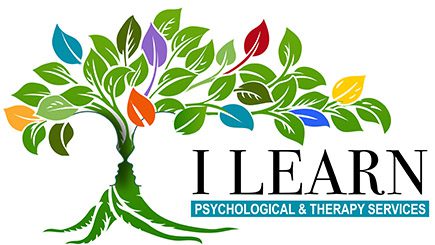Visual Spatial Learning
A visual-spatial learner is a student who learns holistically rather than in a step-by-step fashion. Visual imagery plays an important role in the student’s learning process. Because the individual is processing primarily in pictures rather than words, ideas are interconnected (imagine a web). Linear sequential thinking — the norm in American education — is particularly difficult for this person and requires a translation of his or her usual thought processes, which often takes more time.
STRENGTHS:
- Thrives on complexity
- Loves difficult puzzles
- Fascinated by computers
- Great at geometry, physics
- Keen visual memory
- Creative, imaginative
- A systems thinker
- High abstract reasoning
- Excels in math analysis
- High reading comprehension
- Excellent sense of humor
- Elaborate doodler
- Daydreamer—rich fantasy life
- Avid TV fan
- Loves music
- Better at Geometry than Algebra and
Better at Physics than Chemistry
WEAKNESSES:
- Struggles with easy material
- Hates drill and repetition
- Has labored and illegible handwriting
- Poor at phonics, spelling
- Poor auditory memory
- Inattentive in class
- Disorganized; forgets details
- Difficulty memorizing facts
- Poor at math facts and calculation
- Low word recognition
- Performs poorly on TIMED tests
- Difficulty with multi-step directions
- “Forgets” written homework assignments
- Creates short, sloppy work of poor quality
- Tends to act first and think later
- Poor at biology, foreign languages and others subjects which require rote memorization
© Copyright held by Linda Kreger Silverman, August, 1999. May be reproduced.
Gifted Development Center 1452 Marion Street Denver, CO 80218 (303) 837-8378. www.gifteddevelopment.com
Visual-Spatial Learner vs. Auditory-Sequential Learner
The Auditory-Sequential Learner
- The Auditory-Sequential Learner
- Thinks primarily in words
- Has auditory strengths
- Relates well to time
- Is a step-by-step learner
- Learns by trial and error
- Progresses sequentially from easy
- to difficult material
- Is an analytical thinker
- Attends well to details
- Follows oral directions well
- Does well at arithmetic
- Learns phonics easily
- Can sound out spelling words
- Can write quickly and neatly
- Is well organized
- Can show steps of work easily
- Excels at rote memorization
- Has good auditory short-term memory
- May need some repetition
- to reinforce learning
- Learns well from instructions
- Learns in spite of emotional reactions
- Is comfortable with one right answer
- Develops fairly evenly
- Usually maintains high grades
- Enjoys algebra and chemistry
- Masters other languages in classes
- Is academically talented
- Is an early bloomer
The Visual-Spatial Learner
- Thinks primarily in pictures
- Has visual strengths
- Relates well to space
- Is a whole-part learner
- Learns concepts all at once
- Learns complex concepts easily;
- struggles with easy skills
- Is a good synthesizer
- Sees the big picture; may miss details
- Reads maps well
- Is better at math reasoning than computation
- Learns whole words easily
- Must visualize words to spell them
- Much better at keyboarding than handwriting
- Creates unique methods of organization
- Arrives at correct solutions intuitively
- Learns best by seeing relationships
- Has good long-term visual memory
- Learns concepts permanently; does not learn
- by drill and repetition
- Develops own methods of problem solving
- Is very sensitive to teachers’ attitudes
- Generates unusual solutions to problems
- Develops quite asynchronously (unevenly)
- May have very uneven grades
- Enjoys geometry and physics
- Masters other languages through immersion
- Is creatively, mechanically, technologically, emotionally
- or spiritually gifted
- Is a late bloomer

